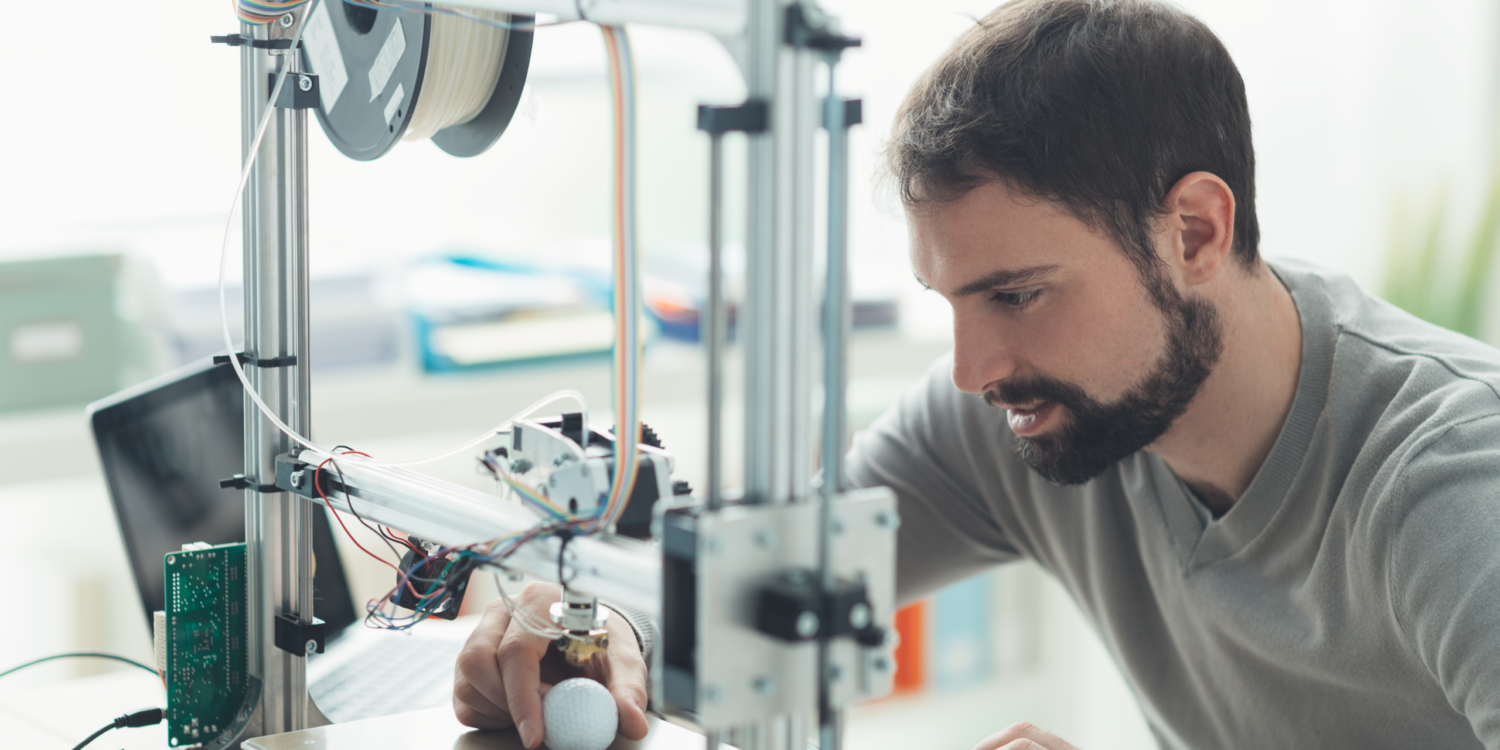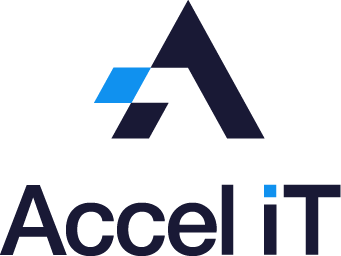Transforming Education: Exploring Advanced Technologies in the Classroom
In today’s rapidly evolving world, advanced technologies are revolutionizing the way we learn and teach. From 3D printing to Augmented Reality (AR) and Artificial Intelligence (AI), these cutting-edge tools are reshaping the educational landscape. In this blog, we will explore how these advanced technologies are enhancing engagement, fostering creativity, and expanding possibilities in the classroom.
3D Printing: Unleashing Creativity and Hands-On Learning
3D printing has become a game-changer in education, enabling students to bring their ideas to life and enhancing their understanding of complex concepts. For example, in the health sciences, students can now print models of human anatomy or cellular structures, providing a hands-on approach to studying the human body. This immersive experience allows for deeper comprehension and practical application. From prototyping engineering designs to creating customized tools in various fields, 3D printing fosters problem-solving skills, critical thinking, and creativity. It also encourages collaboration as students work together on projects, fostering teamwork and communication.
Augmented Reality (AR): Immersive Learning Experiences
AR technology enhances traditional learning methods by overlaying virtual elements onto the real world. For instance, in the medical field, students can use AR to simulate surgeries or practice diagnostic procedures, providing realistic and immersive training. This technology brings abstract concepts to life and enables students to explore subjects like history, geography, and science in a captivating way. By engaging multiple senses, AR enhances retention and understanding. It also caters to diverse learning styles, making education more inclusive. From virtual dissections to AR-based language learning apps, this technology creates captivating and dynamic learning experiences, sparking curiosity and enthusiasm in students.
Artificial Intelligence (AI): Personalized and Adaptive Learning
AI-driven tools have the power to personalize and adapt the learning experience to each student’s needs. In the medical field, AI can better assist training by allowing budding doctors, nurses, dentists, and allied health professionals to take more accurate medical histories through AI-powered chatbots. These chatbots can simulate patient interactions, provide immediate feedback, and help learners develop strong communication and diagnostic skills. Intelligent tutoring systems and AI-powered algorithms analyse student data to identify strengths, weaknesses, and learning patterns, enabling educators to provide targeted support and individualized instruction. AI recommendations for personalized learning resources, adaptive assessments, and progress tracking ensure students stay engaged and motivated.
The integration of advanced technologies like 3D printing, AR, and AI in education holds immense potential to transform the way we learn and teach. By fostering creativity, providing immersive experiences, and personalizing learning, these tools empower students and educators alike. From printing anatomical models to simulating surgeries and providing personalized medical training, these technologies enhance the education experience, preparing students for real-world challenges in their respective fields.





